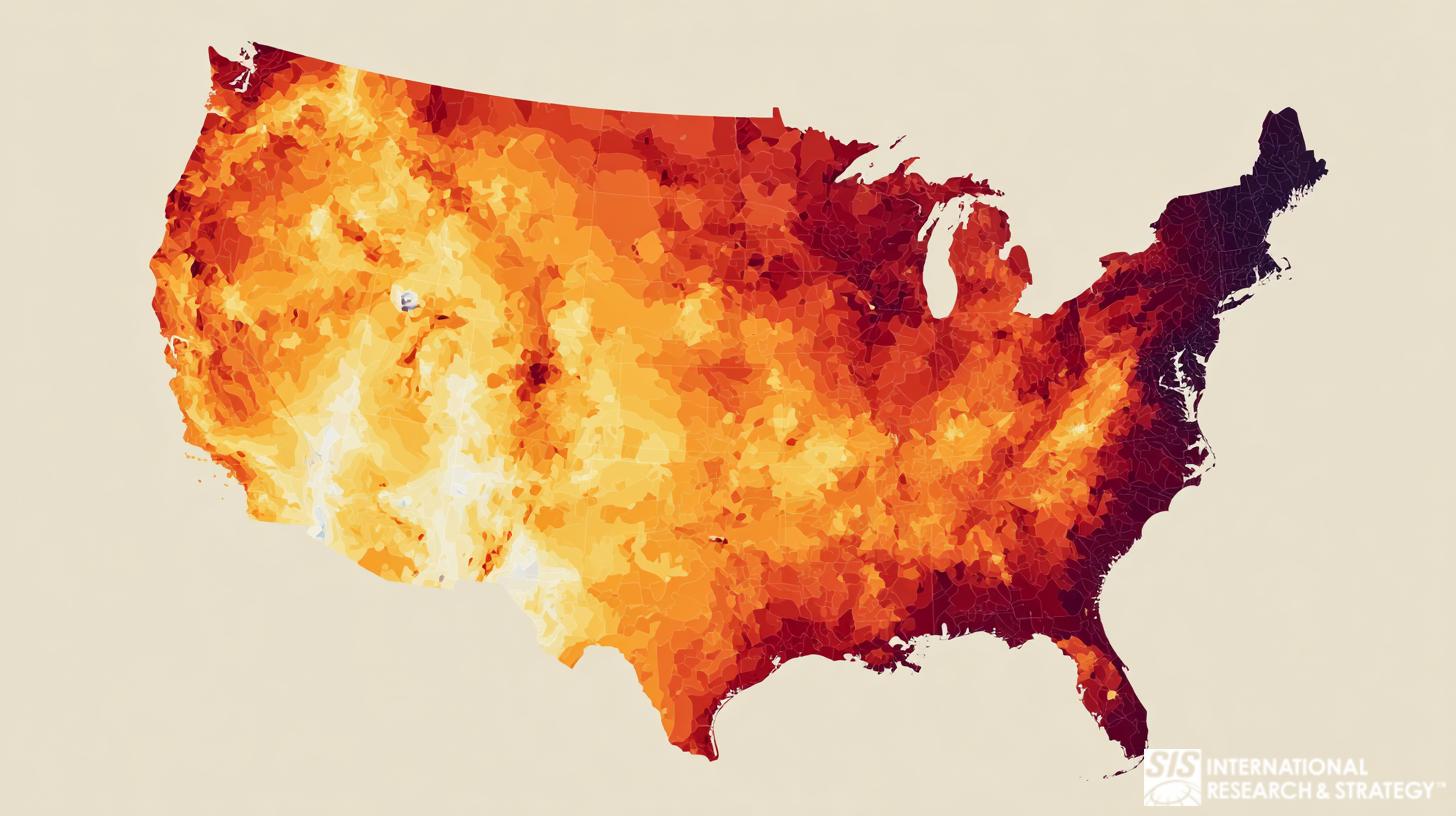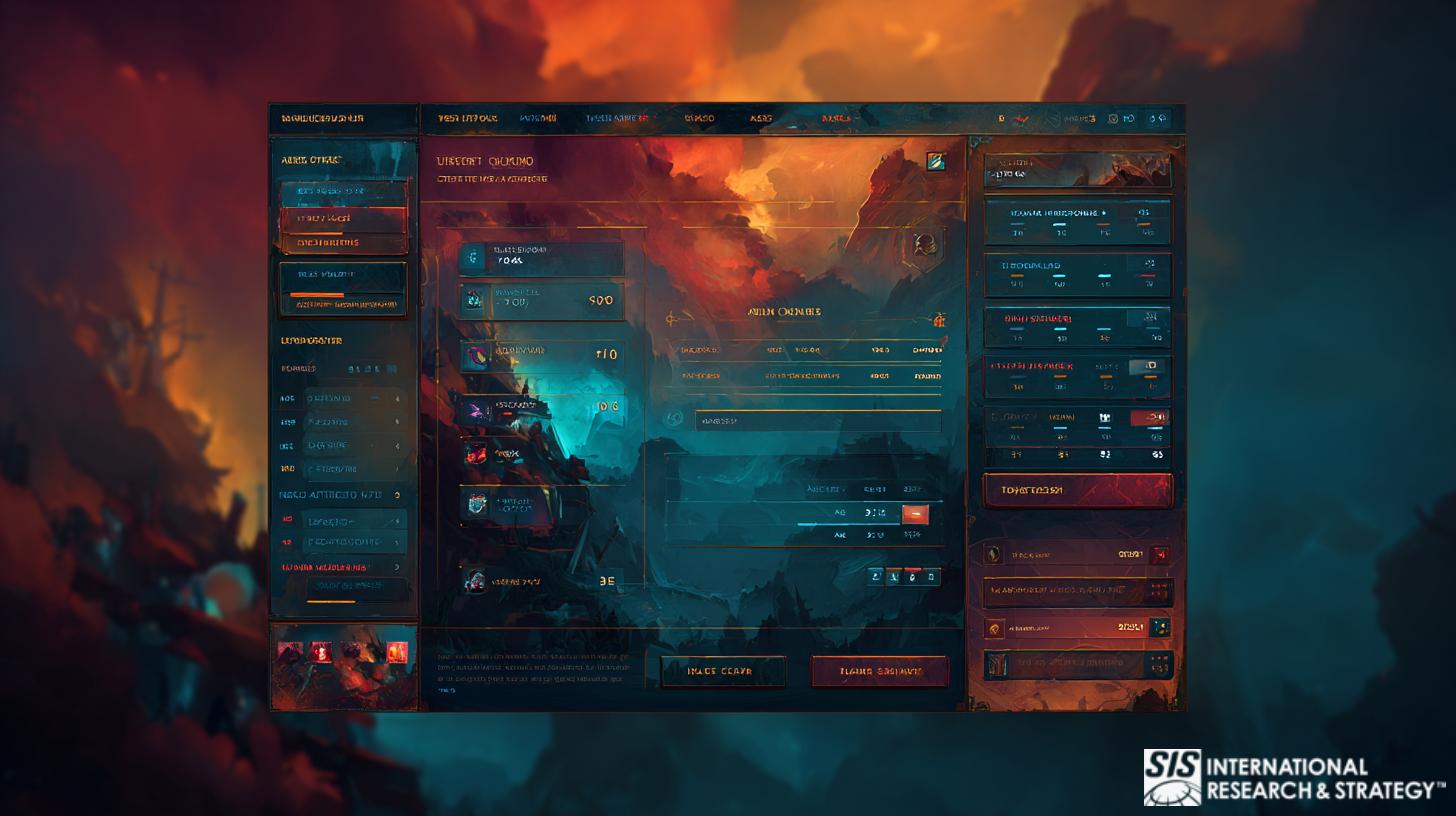熱圖市場研究

By engaging in heat map market research, businesses can gain invaluable insights into their customers’ behavior and preferences. This tool is particularly advantageous when monitoring website design, user experience, and marketing campaigns.
As a result, by understanding its potential applications, organizations can better comprehend their customer base while making informed decisions that will promote growth and success.
What is heat map market research?
Heat map market research is an innovative approach to understand consumer behavior and preferences. It utilizes visual depictions of data to uncover what consumers are truly paying attention to. It does this by showcasing the information in such a way that it highlights areas with high or low engagement, helping companies analyze user experience, website design as well as marketing campaigns and product development.
Furthermore, it provides valuable insights into consumer behavior because by examining the data produced by heat maps, businesses can recognize patterns in customer conduct that will inform strategic decisions towards product development and marketing strategies.
Types of heat map market research
There are different types of heat maps used in market research, such as eye-tracking heat maps, click heat maps, scroll heat maps, attention heat maps, engagement heat maps, and emotion heat maps. From its sophisticated technology to a distinctive methodology, each heat map generates and displays data in an attractive visual format. For instance:
- Click heat maps: Through click heat maps, tracking user behavior on websites and apps is easier. By utilizing color-coding to indicate where the most clicks or taps are taking place, it is simple to find out what areas engage users or which parts have potential issues.
- Scroll heat maps: Through scroll heat mapping, companies can observe how far visitors are scrolling down the page and determine which parts of it they find the most captivating. This way, they can avoid having any elements go unnoticed or ignored.
- Eye-tracking heat maps: Eye-tracking heat maps enable companies to monitor where users are looking on a webpage, pinpointing areas that draw the most attention and helping them create more efficient website designs. With these insightful insights into user behavior, businesses can make sure your site is driving maximum engagement from its visitors.
- Mouse tracking heatmaps: This form of heatmap records the movements of a mouse pointer as users engage with a webpage, then uses this data to generate visuals that demonstrate which areas are garnering the most attention from them.
Benefits of heat map market research

Heat maps provide an easy-to-understand, graphical portrayal of data. It is easy to understand even by those who lack expertise in analytics.
Heat maps market research allows companies to gain an exhaustive comprehension of their customer’s desires, displaying key elements of their web pages.
With heat maps, businesses can quickly understand how visitors interact with their web pages or entire marketing campaigns. This immediate feedback allows them to adapt the user experience and engagement to maximize results.
Heat map market research is a cost-effective way to gain insights into customer behavior and preferences, compared to the more costly traditional methods such as surveys and focus groups.
By leveraging heat maps, businesses can obtain irrefutable evidence of user behavior and eliminate any potential bias or subjectivity traditionally found in other research methods.
Limitations of heat map market research
- Heat maps offer a wealth of data about user behavior. However, without taking into account the reasons for certain usage patterns, businesses may struggle to use heat map information effectively. Further research on consumer inclinations and motivations could enable them to gain an even deeper understanding of their analytics to make more informed decisions.
- Limited sample sizes often hinder heat map research, restricting the generalizability of any observations made. Consequently, this can limit the usefulness of insights gained from utilizing heat maps.
- Heat maps effectively monitor online user behavior. But, they do not provide any insight into the habits or preferences of those who are offline.
- Heat maps are determined by data collected from particular user groups, making them susceptible to the potential of sampling or response bias.
Current trends of heat map market research
The heat map market research industry is in a state of continual growth, propelled by cutting-edge technology and consumer inclination changes. Here are some current trends that stand out within this sector:
- As a user-centered design and the importance of user experience continue to evolve, the heat map market research industry is responding by placing a greater emphasis on understanding customer behavior and preferences. Heat maps are increasingly utilized to assess how users interact with websites, mobile apps as well as other digital platforms to identify which areas need improvement.
- Through the integration of heat maps and other data analysis tools, such as surveys, clickstream data, and user testing, businesses can gain a more comprehensive evaluation of customer preferences.
- Heat maps can be used to determine how users interact with the interface to identify areas of improvement and guarantee an exceptional user journey. Such information gathered from heat mapping is instrumental in helping store owners determine the most effective product placement and design layout strategies for their stores.
Future outlook of heat map market research
As technology continues to evolve, the future of heat map market research is promising. Here are a few potential prospects on the horizon for using heat map technology in market research:
- By leveraging artificial intelligence and machine learning to analyze heat map data, businesses can uncover priceless insights into customer habits and choices. This helpful information can then be used for website design optimization, running more effective marketing campaigns, and creating superior products for customers. For instance, machine learning algorithms can be utilized to inspect heat map data and detect patterns that may not be evident to human analysts upon initial inspection.
- Heat map market research will deliver real-time data, enabling companies to make better decisions and act swiftly in response to rapidly changing markets.
- As technology progresses, heat maps will become increasingly sophisticated and visually appealing. Through incorporating 3D images, animation sequences, and interactive components.
SIS International 提供定量、定性和策略研究。我們為決策提供數據、工具、策略、報告和見解。我們進行訪談、調查、焦點小組和許多其他市場研究方法和途徑。聯絡我們以了解您的下一個市場研究專案。

